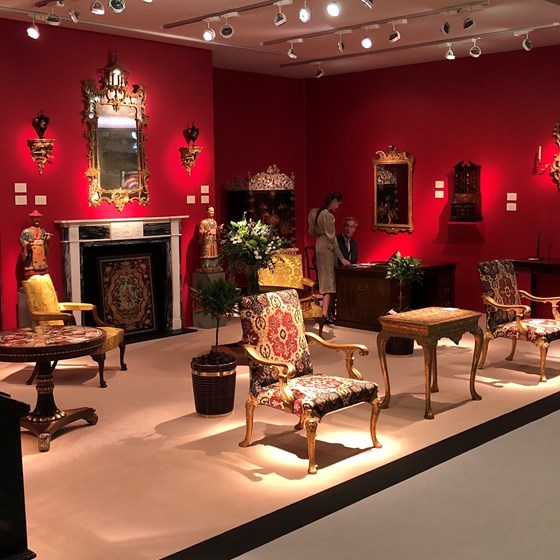DESCRIPTION
Rolleston is an established and experienced family business. Our speciality is in 18th Century and early 19th Century English furniture and Works of Art. We have been based at our gallery in London for over 50 years.
We are a Third generation family business and one of the leading English Antique Furniture and Works of Art Galleries. We work hard to ensure that our clients receive the best possible service when purchasing our antique furniture or works of art.
Our private clients are varied and from around the world, and we have sold items to many of the world’s leading Museums and Institutions.
The business is run by James Rolleston.
The gallery is open from Monday to Friday 9:30 to 5.30m and other times by appointment.






 advice@rollestonantiques.com
advice@rollestonantiques.com https://www.rollestonantiques.com
https://www.rollestonantiques.com